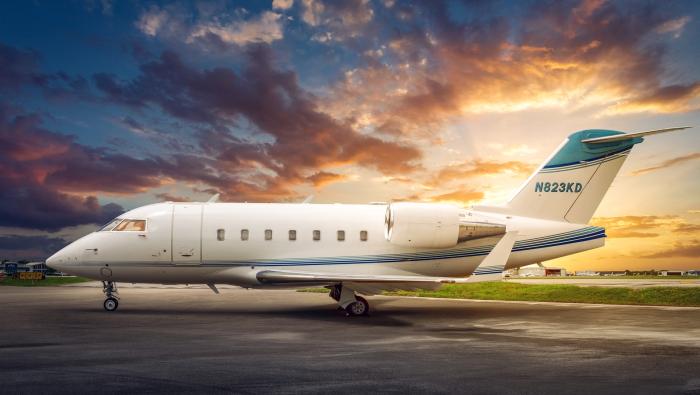The use of thrust reversers to shorten landing distance is a great benefit to aviation. But according to the Safety Board, relying too much on that benefit could lead pilots into landing with minimal safety margins.
On January 27 the Board issued a safety recommendation (A-06-16) asking the FAA to prohibit the use of reverse thrust credit in Part 121 landing performance calculations. The recommendation stems from an overrun accident last December 8 in which a Southwest Airlines Boeing 737-700 went off the end of the runway at Chicago Midway Airport (MDW), killing an automobile passenger.
Runway overruns occur frequently, according to the International Federation of Air Line Pilots’ Associations. There were 44 involving transport-category aircraft documented last year and two so far this year.
Business jet pilots are generally trained not to take into account a reduction of landing distance when using thrust reversers, according to the pilots AIN interviewed. Southwest Airlines pilots are permitted to consider the so-called thrust reverser credit in some 737 models, according to the NTSB.
“The 737-700 OPC [onboard performance computer] is programmed to assume that the engine thrust reversers will be deployed on touchdown and to calculate the stopping margin. The OPC then alerts flight crews if the remaining runway distance is not sufficient for the airplane to land and completely stop on the runway under the selected weather and runway conditions.” Older Southwest 737s do not consider the thrust reverser credit.
Degraded Performance
The NTSB noted that the Southwest flight crew used the OPC’s wet-fair option for the braking condition of Midway’s Runway 31C. Using this option, the OPC calculated that the pilots would have 560 feet of stopping margin. The NTSB letter noted that the pilots also input wet-poor as the braking condition for the runway, causing the OPC to indicate that they would have a 30-foot margin.
Airport workers who performed a runway friction measurement 30 minutes before touchdown reported the runway condition as “good.” About one-eighth to one-quarter inch of snow was on the runway at the time of touchdown, according to the NTSB.
For Part 91 operations, there is no regulatory constraint to using the thrust reverser credit, but the FAA considered the subject when it was writing new rules for Part 91 Subpart K fractional operations. In answer to a question about field-length requirements, the agency responded, “FAA policy does not permit consideration of the effect of thrust reverse in calculating landing distances. [The] FAA has not found thrust reversers reliable enough to allow landing distances to be based on their use. This policy provides some additional safety margin for airplanes with reversers that are operable and used in combination with (not in lieu of) maximum braking from wheel brakes and spoilers.”
The Southwest Airlines Pilots Association union issued a safety alert to its members on January 21 last year cautioning pilots about reduced safety margins when using the thrust reverser credit. The next-generation 737’s factoring of reverse thrust, according to the alert, “does not give you, the operator, a realistic margin of safety when interpreting how much stopping margin is actually available…In our opinion it would seem wise to review the -700 OPC data and when the runway is short, contaminated or braking action reports are less than good, that you give consideration to programming the OPC to MEL the thrust reversers and note the difference in stopping margin.”
The advice the Southwest pilots association gives its members could apply to any jet pilot: “Examine the OPC for all runways and choose the stopping margin that gives you the better safety cushion.”
Pilots might like to know that on contaminated runways, thrust reversers can have a profound effect on reducing landing distance. In the Southwest accident, according to the NTSB, “the late deployment of the thrust reversers [18 seconds after touchdown] almost completely negated the stopping distance benefit that had been expected because of the use of the thrust reversers.”
A Boeing presentation titled “Stopping on Slippery Runways” highlighted performance differences offered by thrust reversers. A chart of 737 landing distance performance during poor braking action shows that pilots must make a large adjustment if both reversers aren’t working, by adding 2,920 feet to the landing distance. Using both reversers reduces the landing distance by 115 feet. As runway slipperiness increases, the presentation noted, thrust reversers and aerodynamic drag become dominant forces and brakes have much less stopping power.
One Learjet and Falcon 2000 pilot told AIN, “It is my hope that the MDW accident will prompt a review of the FAR 25 landing requirements and the FAR 91/135/121 operational field length requirements.”







